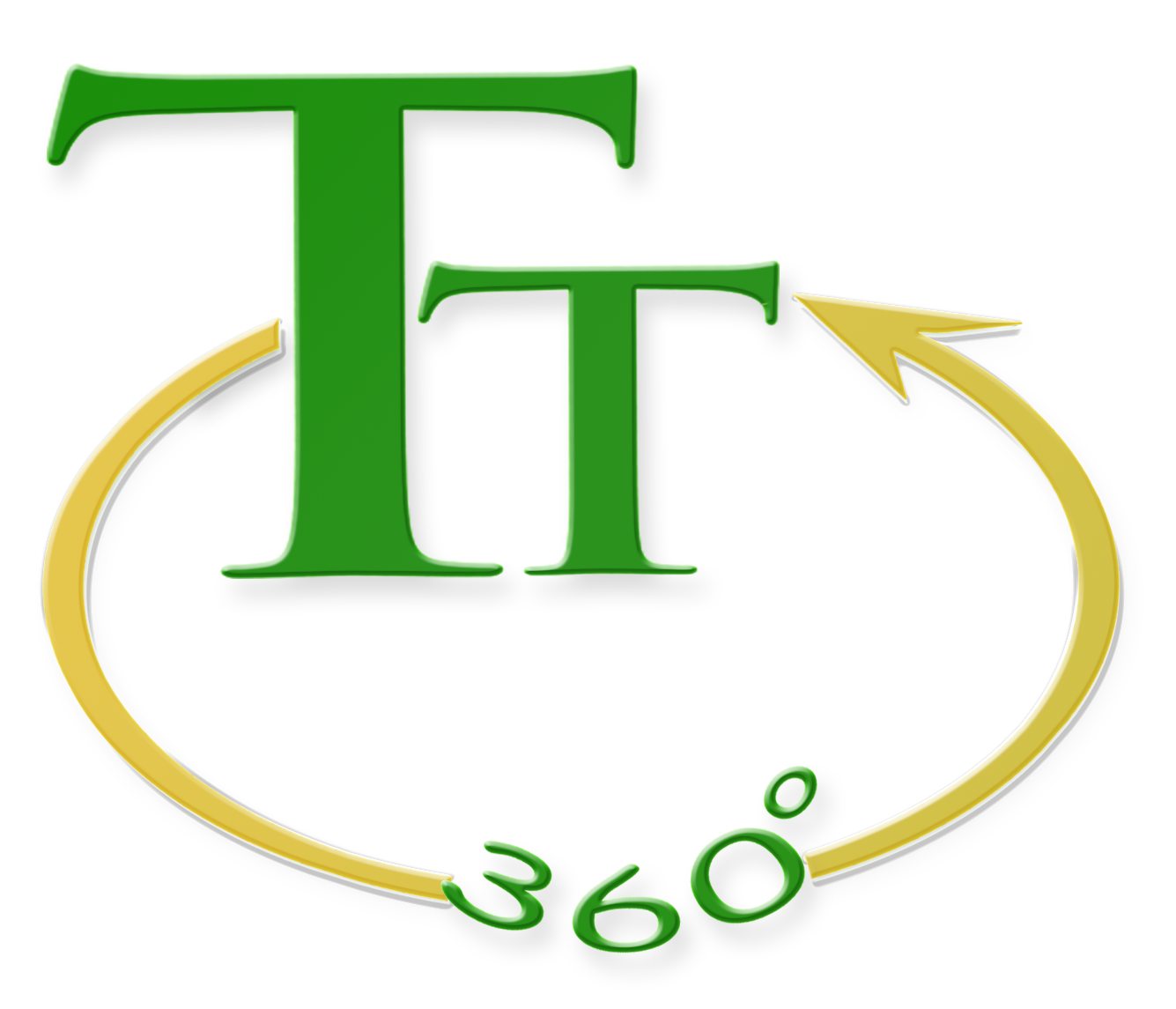Sara Mustafa vividly recalls the final months of her Uncle Omar’s life, marked by his arduous battle with cancer. His struggle with paralysis during this time inspired Mustafa, a senior in UTSA’s engineering program, to collaborate with a small team of peers in creating a prototype robot. The aim was to empower disabled or paralyzed individuals to self-feed, reducing their dependence on caregivers and fostering a semblance of independence.
In 2016, Uncle Omar, once an active man, succumbed to paralysis, relying entirely on others for his daily needs, including eating. The memory of his diminished autonomy lingered in Mustafa’s mind as she approached her senior design project. It was a poignant moment when, just before the project proposal deadline, Mustafa glanced at a photo of her uncle on her desk, sparking a desire to contribute something meaningful in his memory.
Reflecting on this, Mustafa expressed, “You know, I wish I could do something in his remembrance.” Seeking ways to enhance the quality of life for physically disabled individuals, she reached out to classmate Josie Torres to brainstorm ideas. This collaboration resulted in the creation of the OMAR prototype, short for the Optimized Meal Assistance Robot.
Recently showcased at UTSA’s Fall 2023 Tech Symposium, the OMAR was among 90 student-built projects. The robot, a compact device equipped with facial tracking software, specialized bowls, and utensils, operated with a portable, rechargeable battery. Its features included an emergency stop button and a dedicated mobile app. During the presentation, the team demonstrated the OMAR’s capabilities, showcasing its ability to scoop candy from bowls and deposit them into observers’ hands.

Caleb Champion, one of the creators, explained that the OMAR utilized two small cameras attached to its claw for facial recognition. The robot, controlled by a Bluetooth PlayStation 4 controller, would only engage if it detected a face and an open mouth, ensuring a seamless feeding process. An automatic stop button allowed users to halt the machine in case of malfunctions or unwanted commands, with a loud buzzing button signaling the need for caregiver assistance.
Josie Torres, responsible for the phone app’s design and implementation, detailed its additional functionalities, providing information and tutorials for users and caregivers. Inspired by Mustafa’s personal connection to the project, Champion expressed his eagerness to contribute, driven by the desire to grant a sense of independence to individuals with disabilities.
Despite existing automated feeding robots for disabled individuals, Mustafa highlighted their clunkiness and hefty price tags, often starting around $6,000. The OMAR team aspires to make their completed robot affordable, targeting a price of approximately $1,300. The team secured third place and a $2,000 cash prize at the symposium, which they plan to use for further improvements and development even after graduation.
Mustafa envisions a future where the OMAR is mass-produced, making it accessible to a broader audience. She believes her uncle would take pride in the project, stating, “Giving a person who’s physically disabled the ability to be independent, again — that’s a good feeling.”











